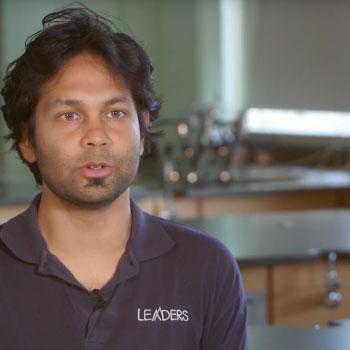Gold Standard PBL: Essential Project Design Elements
Student learning goals for projects include standards-based content as well as skills such as critical thinking, problem solving, communication, self management, project management, and collaboration.
What is Gold Standard PBL? To help teachers do PBL well, we created a comprehensive, research-informed model for PBL to help teachers, schools, and organizations improve, calibrate, and assess their practice. In Gold Standard PBL, projects are focused on students' acquiring key knowledge, understanding, and success skills.
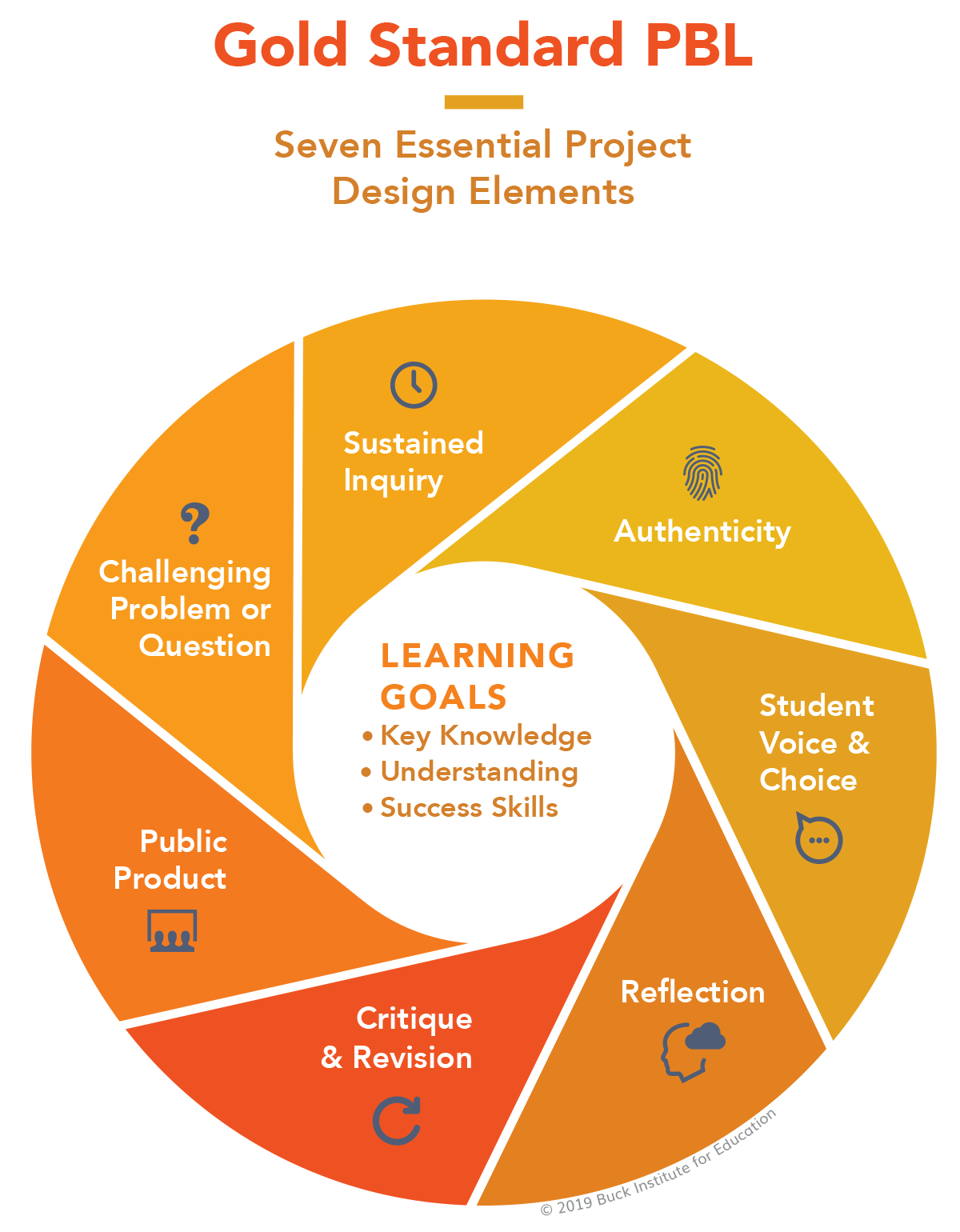
Seven Essential Project Design Elements

A Challenging Problem or Question
The project is framed by a meaningful problem to be solved or a question to answer, at the appropriate level of challenge

Sustained Inquiry
Students engage in a rigorous, extended process of posing questions, finding resources, and applying information.

Authenticity
The project involves real-world context, tasks and tools, quality standards, or impact, or the project speaks to personal concerns, interests, and issues in the students’ lives.
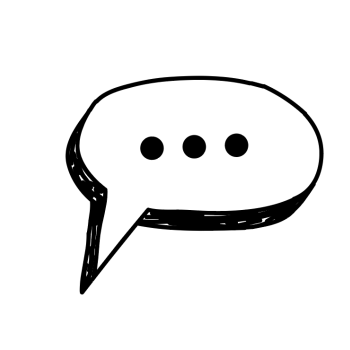
Student Voice & Choice
Students make some decisions about the project, including how they work and what they create, and express their own ideas in their own voice.
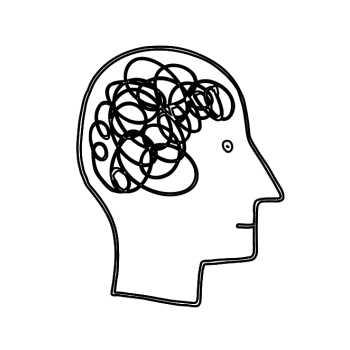
Reflection
Students and teachers reflect on the learning, the effectiveness of their inquiry and project activities, the quality of student work, and obstacles that arise and strategies for overcoming them.

Critique & Revision
Students give, receive, and apply feedback to improve their process and products.
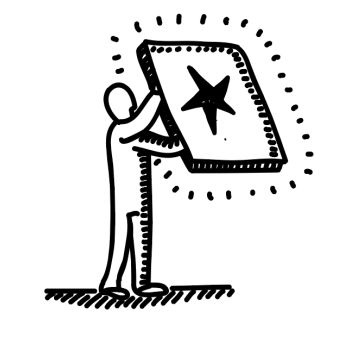
Public Product
Students make their project work public by sharing it with and explaining or presenting it to people beyond the classroom.
Watch Gold Standard Project Based Learning in Action
VIDEO: The Tiny House Project
VIDEO: The Water Quality Project
VIDEO: March Through Nashville
For more great Gold Standard PBL resources...
- See our book Setting the Standard for Project Based Learning for more on the what, why and how of Project Based Learning.
- Check out the Project Design Rubric to get a detailed description of what each of the Seven Essential Project Design Elements looks like.
- Read the white paper about Gold Standard PBL: Essential Project Design Elements.
Challenging Problem or Question
- A Tricky Part of PBL: Writing a Driving Question
- Lowering the Driving (Question) Age
- PBL in Music: Driving Questions Invoke Deeper Musical Learning
- How to Improve (or Abandon) Some "Classic" Initial Ideas for Projects
Sustained Inquiry
- Resource List: Sustained Inquiry
- How We Use "Need to Know" Questions to Guide Sustained Inquiry
- Sustained Inquiry in PBL as a Tool for Social Justice
- The Importance of Student-Generated Questions in PBL
Authenticity
- What does it take for a project to be "Authentic"?
- Authenticity: How to Move Projects from Engaging to Empowering
- Yes, You Really Can Do Authentic Projects With Limited Resources
- Creating Authentic Kindergarten PBL
- Level Up Your PBL With Authentic Adult Learning
- An Authentic Writing Project for English Language Learners
Student Voice & Choice
- Gold Standard PBL: Student Voice & Choice
- Student Voice and Choice in the Elementary Grades
- Student Voice and Choice: How I Learned to Let Go of the Reins
- Voice and Vision: Engaging Students in School Design
- Learners Ask Four Deep Questions, PBL Provides Opportunities to Answer Them
- Designing Projects with Students, Not for Them
Reflection
- The Power of Reflection in PBL
- PBL in the Mirror: Planning for Student Reflection
- Making Time for Reflection in Our Projects
- Using Gallery Walks for Revision and Reflection
Public Product
- Gold Standard PBL: Public Product
- The Power of Professional Presentations
- How to Prepare Students for Explaining Their Work in Public
- How to Engage Reluctant (and Even Refusing) Presenters in PBL
- How to Get Higher-Quality Student Work in PBL


